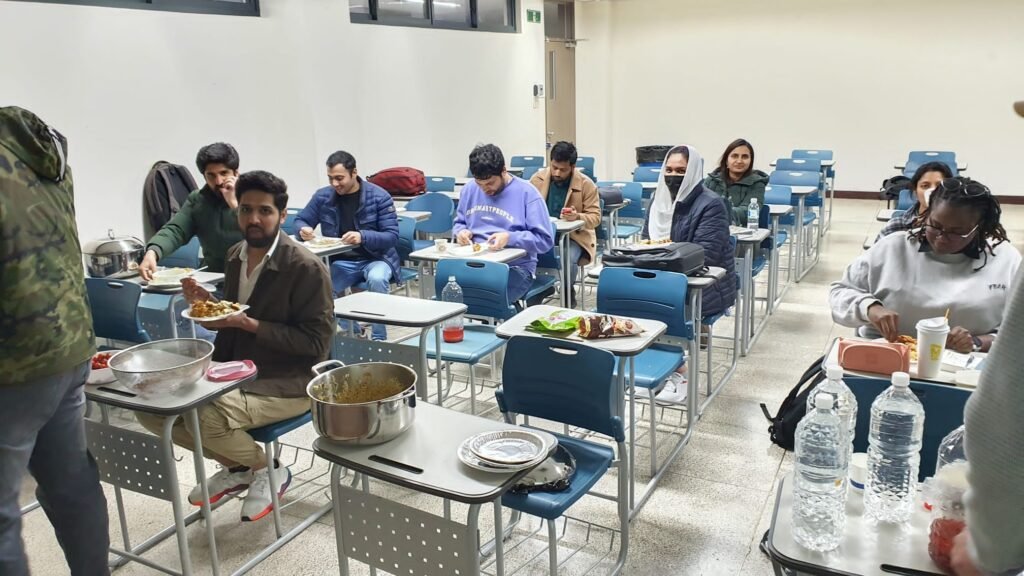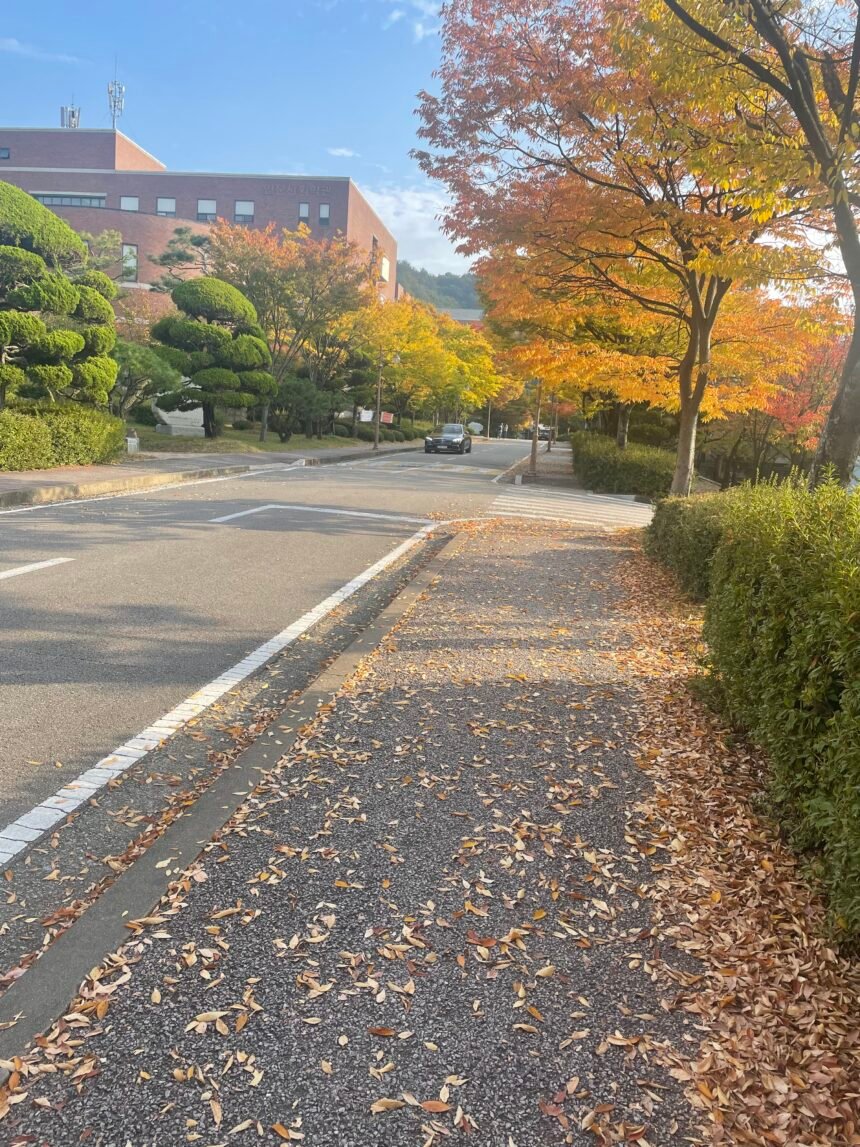When considering a move to South Korea, it’s crucial to understand the living costs associated with the country.
1. Accommodation
Finding suitable accommodation in South Korea is essential for your stay. The rental prices can vary significantly depending on the apartment’s location and size. In Seoul, for instance, a one-bedroom apartment in the city center can range from $700 to $1,500 per month. If you opt to live outside the city center, prices can be more affordable, ranging from $200 to $5,000 per month. Consider sharing an apartment with roommates or choosing a smaller studio to reduce costs. Most of the houses have asking for deposit money $2000-$3000. Living expenses in others cities like Busan, Daejon are similar or less than these estimate.
2. Utilities
To maintain a comfortable lifestyle in South Korea, expenses for utilities such as electricity, water, and gas should be taken into account. On average, you can expect to pay around $50 to $200 per month for these services, depending on your usage patterns.

3. Food
South Korea is renowned for its diverse and delicious culinary offerings. Eating at local street stalls and smaller restaurants can be both affordable and enjoyable, with meals ranging from $5 to $10. Inexpensive restaurants and fast-food chains are also available, providing meals for approximately $5 to $8 per person. By cooking at home, you can further save money, with grocery expenses for a week ranging from $50 to $100, depending on your dietary preferences.
4. Transportation
South Korea boasts an efficient and well-connected public transportation system. If you choose to navigate the city using the Factors such as location, lifestyle through subway or bus, the cost of a single ride in Seoul is approximately $1.20 to $2. Taxis, on the other hand, are relatively more expensive, with a starting fare of around $3 and additional charges per kilometer. Your monthly transportation expenses may amount to $50 to $100, depending on how frequently you use these services.
5. Healthcare
South Korea’s universal healthcare system provides residents with reasonable healthcare costs. On average, monthly health insurance premiums range from 5% to 7% of your monthly income, varying based on your earnings.Monthly national insurance fees for students is almost $71. Out-ofces, and personal preferences can greatly influenc-pocket expenses for medical services are generally lower compared to many other countries; however, they can still vary depending on the treatment required.
6. Entertainment and Leisure
To truly experience South Korean culture and indulge in leisure activities, it’s important to consider the associated costs. Movie tickets, for instance, typically range from $8 to $12 per person. If you enjoy fitness, joining a gym or fitness club can vary between $50 to $100 per month. Keep in mind that South Korea offers countless cultural and recreational activities, each with its own price range.
Conclusion
While the estimates provided in this article offer a general overview of living costs in South Korea, it’s crucial to remember that individual circumstances can greatly influence expenses. Additionally, exchange rates can impact the cost of living for foreigners. To gain a more accurate and up-to-date understanding of the expenses you might encounter, it is advisable to conduct further research and consult with locals or expatriates. By doing so, you can better prepare yourself for a smooth transition and an enjoyable experience while living in South Korea’s the expenses one might incur. In this article, we will provide an overview of the average living costs in South Korea, specifically focusing on accommodation, utilities, food, transportation, healthcare, and entertainment. So, let’s dive in and explore the expenses you can expect in vibrant cities like Seoul.





